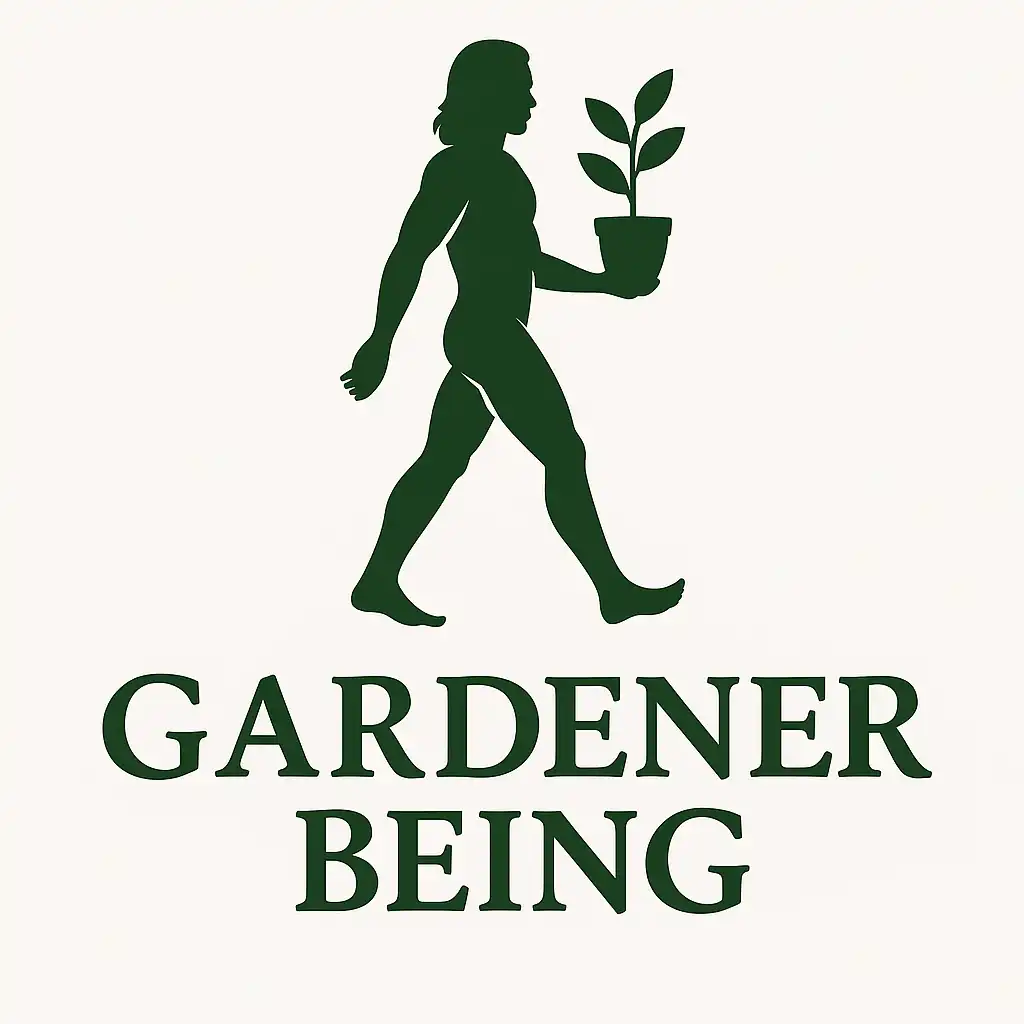Want to avoid common pitfalls in your gardening journey? This beginner’s guide highlights frequent gardening mistakes and provides practical solutions for a successful harvest.
Common Gardening Mistakes
If you’re a new gardener and have made some mistakes, maybe last year’s garden wasn’t the best and you really are a little discouraged, then this guide is for you. The goal is to help you grow a greener thumb. There were many new gardeners recently, and with new gardening, remember that the first time can be challenging.
Mistake n° 1: Inconvenient Location
Mistake number one is putting your garden in an inconvenient location. It’s very similar to working out. You don’t want to make your gym bag really hard to get to. You want your meals ready to go. In the garden, make it accessible and easy to work in, low friction. For a raised bed garden, that means a tall raised bed.
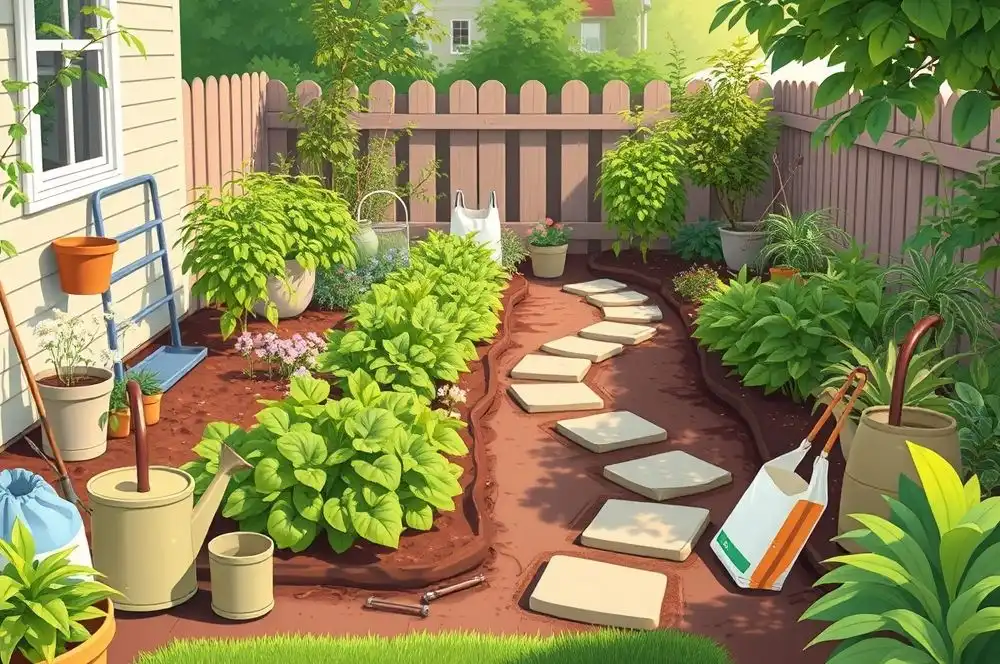
This really helps. It can save your back. These tiny little things – this really doesn’t even have to do with any gardening practice – fertilizing, watering, transplanting, starting seeds. It’s just where the garden is in the first place. It’s a huge mistake that people can make when they’re starting out. So make it easy to access and you’ll have a much better time.
Mistake n°2: Distance from Water Source
Mistake number two is planting too far from a water source. The reason why you don’t want to do this is because again, it’s one of those laziness things. If you’re going to have to lug water over, you might just decide not to do it that day. And then the day gets too hot. The plants die and you’re in a big world of hurt. And you’ve again, killed some plants. You don’t want to do that.
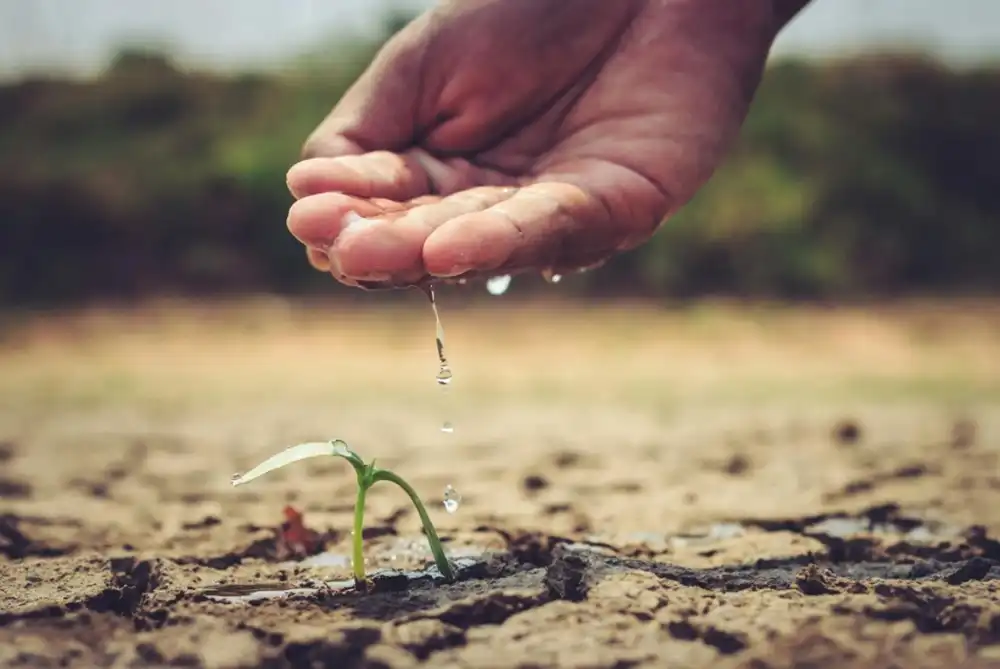
One solution is to split a water outlet and extend hoses to the garden area. This allows access to water. You could just use a standard hose. It can extend out and go just about anywhere in the garden.
Mistake n°3: Insufficient Sunlight
Mistake number three is planting in an area that doesn’t get enough sun, is not a good location for planting. Consider the orientation and the sun’s path. The sun rises in the east and sets in the west. Therefore, it’s important to observe the sun patterns on the property.
In a shaded bed, one can’t really plant much that’s going to need a ton of sun. A huge mistake you can make, as a beginner gardener, is planting things that don’t match to the sun and light availability of an area. The best way to do that is observation. Maybe 8:00 AM, 12:00 PM, 4:00 PM – go out and just kind of see where the shadows fall. Remember that this is actually going to change based on the time of year.

A resource will allow you to drag over the months and it’ll show you how the sun will fall over your property. You can type in your exact address. Remember planting is the most important time. If you make a mistake in planting, you’ve locked that plant in stone, unless you’re growing in a container, which is another great way to mitigate some of these mistakes. Please remember, do not plant in an area that does not have enough sun for the plant you’re trying to grow.
Mistake n°4: Soil Preparation
Mistake number four is not preparing the soil, not taking the time to prepare the soil before you plant. Now, if you’re growing in a raised bed or a container that just means selecting the right container mix. Let’s just take this bed for example. One might make some changes to this bed based on some of the mistakes in the soil preparation. For example, pumice can be added to lighten it up.
There was stunted growth because the compost mixture was just holding way too much water. That was a soil preparation mistake that if one didn’t know that, and had a couple of years of gardening under their belt, one would’ve just let that be. And then these cabbage plants would have just sat here doing nothing for three, four months because they have no ability to actually take in nutrients and grow. So soil preparation. Now, if you’re growing inground, the first thing to recommend wholeheartedly, it’s a little annoying to do, is to get a soil test.
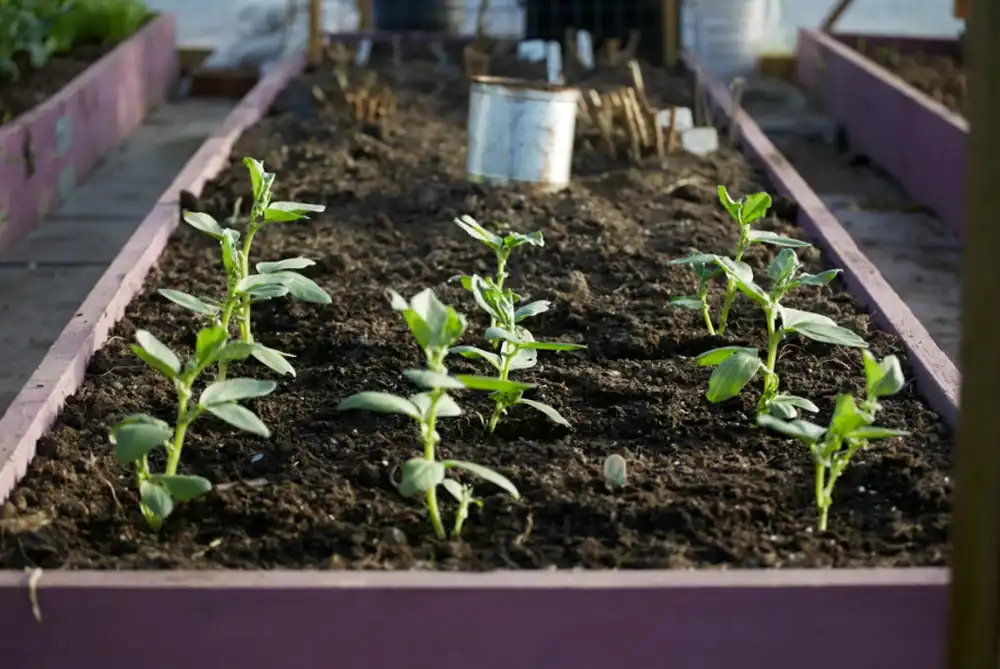
You have to do this to know what type of soil you’re working with. A local nursery can put you in touch with someone who can do a soil test. And they’ll give you not only the composition of your soil, but the nutritive qualities of your soil, how much organic matter is in the soil. Are you deficient in any particular macro-nutrient as well as, if you want, you can get a heavy metal and salt report as well. Just to see if there’s anything really funky going on with your soil, especially when you’re planting inground in a new space because you just don’t know what happened in the decades before you lived in this place. So soil preparation is a massive, massive mistake that you can avoid, of course, by doing the preparation.
Mistake n°5: Ignoring Mulch
Mistake number five, one that is common, especially in the first few years of gardening is not respecting the power of the mulch. We must respect the power of the mulch. This is just some bare potting mix right here, recently amended. Sure, yeah, you could plant right into this and you would be okay. But you can reduce your watering needs, protect the soil, protect any sort of splash-up disease type of issues with the use of some kind of mulch.
There’s plenty of different things that you can use. You can of course, source straw in your own area. You can use grass clippings. You can use shredded leaves, fall leaves if you’re in an area that gets a lot of leaf drop. Fall leaves are a fantastic cover. Now the couple of things that you want to keep in mind with mulch. You want to make sure that you lay down a thick enough layer. At least two inches or so if possible.
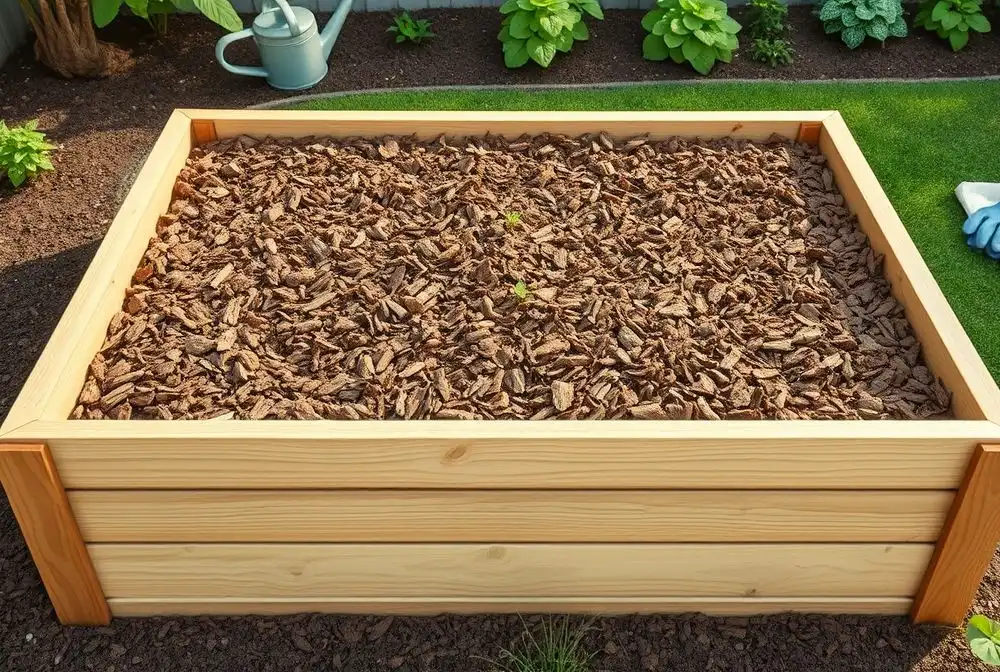
Just because you’re in a raised bed right here doesn’t mean that you should only mulch a raised bed. You should mulch your inground plantings and you should also mulch even smaller containers like some grow bags or just some patio style containers with something like a straw. It is so, so beneficial. It’s going to reduce the amount that you need to water. It’s going to protect the surface of the soil and there’s just a million and one different ways that you can do it. Remember to mulch your garden.
Planting Choices and Timing
Mistakes number six, planting things that you don’t like to eat. A lot of beginners will Google easiest plants to grow, beginner gardening suggestions, things like that. And then they’ll just grow whatever that says without any regard for if you like to eat that plant. If you’re trying to grow a garden for your family and maybe some friends and of course yourself, pick the things that you actually like to eat. It’s a little silly to grow something, spend all this time and care, to never harvest it. And even if you do harvest it, not use it, it’s just a little bit of a waste.
Number seven, this is a pretty densely packed bed now that it’s grown in. It is possible to plant too densely seed to seed. You can actually just plant them too close together. You can not thin them out after they’ve germinated. What was happening before was multiple plants were too close together. They’re just going to be a lot smaller. And that’s what happened. They were just a little bit small, still healthy, but small. And as soon as they were thinned out and gave them some room to breathe, they all blew up in size. So while small space gardening is a valid approach, you still have to respect there is a certain limit upon which you can cram things in.
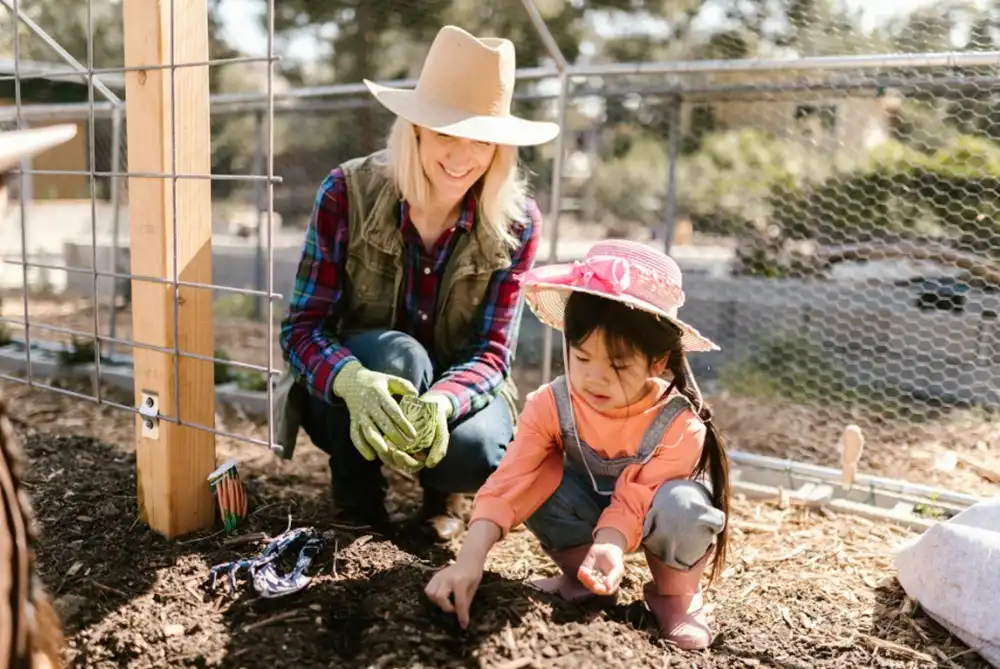
Mistake number eight is planting things at the wrong time of year. This hits warmer climate gardeners more than colder climate gardeners, because colder climate gardeners, you have a true beginning and end to your season with your first and last frost dates. You’re not going to walk outside in the middle of the snow and think it’s a great time to grow tomatoes. It’s just not going to happen. Whereas in the higher zones, you can get tricked because it’s really not too cold at any point in time.
And so people will plant tomatoes and cucumbers in November. They’re not going to just immediately die because they know it’s the wrong time to be planted, but they’re not going to thrive. You have to respect the time of year that a plant wants to grow. A summer crop like a tomato or a cucumber of course is going to be best done in late spring through summer. You really do have to respect this. Certain plants like it colder that just can’t grow in the summer. It will be difficult to grow cilantro or leaf lettuce in full sun in the summer. So right now in spring it’s the perfect time to grow some of those crops and either preserve them, although maybe not for the lettuce and the cilantro, but just respect the season and you’ll have a lot more success.
Seeking Advice
Our final mistake is to not lean on the experience of others. Gardening is a craft has been passed down generation after generation, all cultures around the world. There guaranteed are people alive right now, probably within a mile of you, that know a lot more than you may ever know about gardening because they’ve been doing it. So ask them how they do things and lean on them.
There’s a couple of different ways you can do this. Number one, if you have someone in your neighborhood that you know gardens, knock on their door. A gardener is going to want to talk about gardening with you until they’re blue in the face. Number two, you can go to a local county extension office. Just Google your city and then extension office and it should show up. You can call them, you can email them. They’re literally volunteers, master gardeners that their whole job is to help you succeed in your climate and in your area.
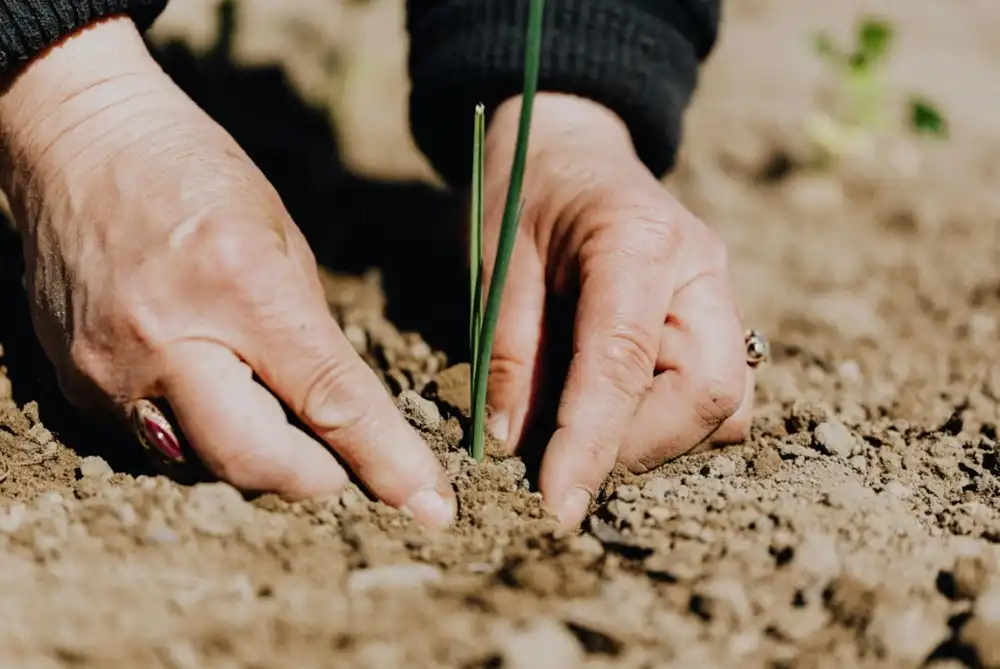
Hopefully these tips helped you avoid some mistakes in your upcoming season of gardening. Good luck in the garden. And keep on growing.
